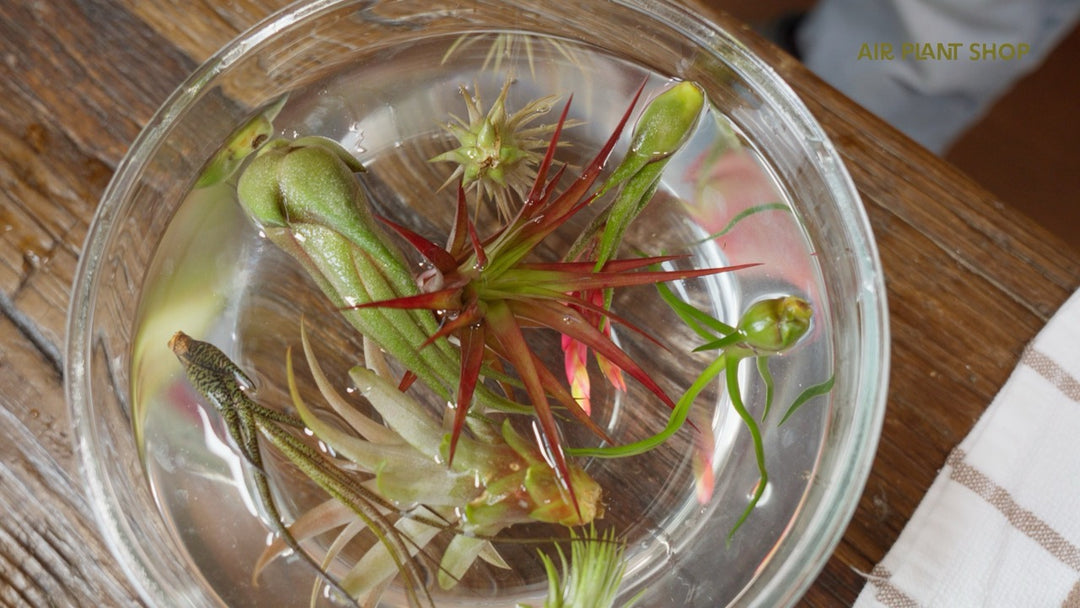
Air Plant Spotlight: Tillandsia Xerographica
Tillandsia Xerographica is an extremely popular air plant among plant enthusiasts. These plants have a distinct look, so it is easy to tell them apart from other air plant species. Xerographica are characterized by silver, curled leaves that contribute to the plant’s spherical shape, and their slow growing habits make them a great plant for owners to maintain and watch them thrive. Its name comes from Greek words “xero” and “graphica,” meaning “dry writing” or “dry painting.” The Xerographica is also commonly referred to as the "Queen" of air plants.

Native to Mexico, Guatemala, and El Salvador, Xerographica is known to grow in subtropical, dry regions. Xerographica, like all air plants, is an epiphytic species, meaning it obtains its nutrients and moisture from the air through its leaves instead of soil. In their native habitats, Xerographica can be found growing on tall tree branches or in crevices between large rocks. In the wild, the plant’s trichomes protect the leaves from excess sunlight and heat while also retaining moisture from morning dew.
Xerographica Care
Like most air plants, Tillandsia Xerographica is low-maintenance. It is also more drought tolerant and can endure more direct sunlight than most species of Tillandsia. However, bright and indirect light is best. When it comes to watering, Xerographica have the ability to pull moisture from the air around them. This means that they can adapt well when removed from the humidity they are accustomed to – but, these plants still require regular watering. Misting these plants a few times a week and soaking them once a month is the ideal routine to follow – watch the full watering tutorial at the bottom of this blog. When soaking your Xerographica, it's best to completely submerge them underwater for about 30 minutes. Then, make sure to gently shake your plant to remove excess water and let it completely dry before returning it to its home. Placing the plant upside down to dry is ideal as it allows excess water to drain out. Xerographica are particularly susceptible to rot because of their thick, tight leaves so it is key to ensure they are totally dry after each watering!
You will notice that a fully hydrated Xerographica will have straight leaves while they will have a twisted appearance in more dry conditions. The plants are versatile and do well in both humid and dry climates but it is best to water them regularly. As long as the Xerographica dries properly, overwatering is typically not an issue. A common care mistake with Xerographica is to underwater the plants to prevent rot. A dehydrated plant will often fall apart when soaked.
Displaying Xerographica
From home and office decor to wedding bouquets, Xerographica’s unique look makes it a great plant to use in design. Some popular ways to display Xerographica are on a piece of driftwood or make a statement and display the Xerographica alone. Air plants truly allow for endless creativity! Plus, Xerographica become even more striking when they blush with a rosy, pink center and bloom – as seen in the images below. As the plants are slow growers, the blooming process can be enjoyed for up to a year! When they do bloom, they produce a spike with bracts of bright yellow and red colors. These plants can even grow to be as large as three feet tall and wide!










Leave a comment